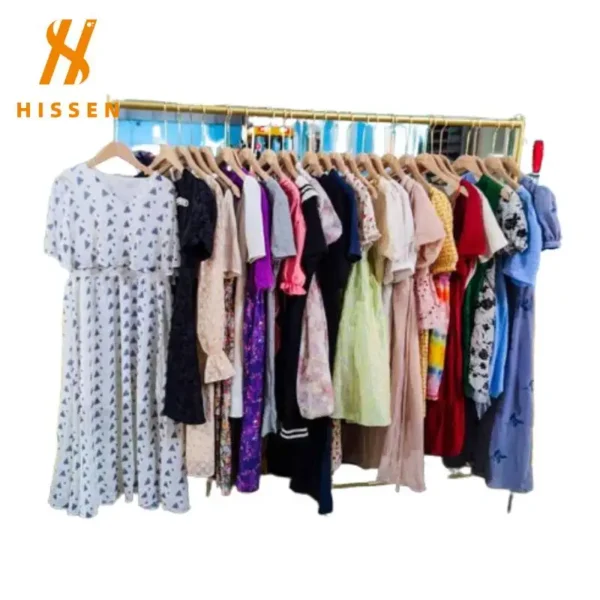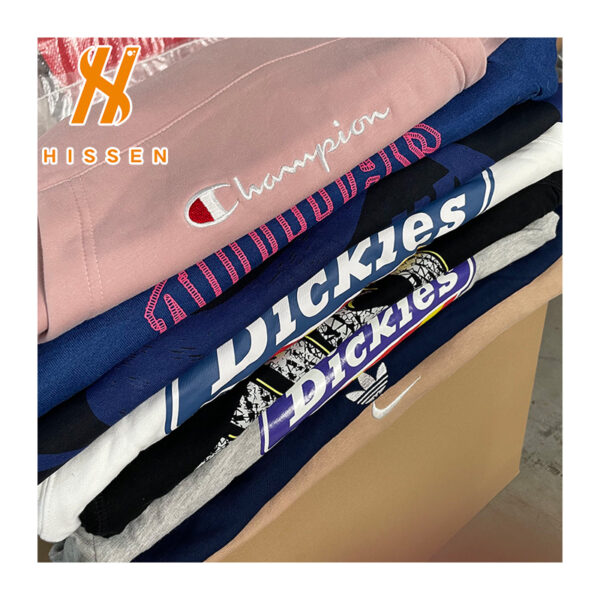U.S. Tariffs Push Consumers Toward Used Footwear
At April 22, 2025, U.S. tariffs on new footwear and apparel reaching up to 87%, consumers and retailers are increasingly turning to cost-effective alternatives. American consumers are becoming increasingly price-conscious, and rising tariffs are accelerating the shift toward secondhand goods. More Americans are now actively seeking used alternatives—not just to save money, but also to avoid the inflated costs of new, imported goods. For lower- and middle-income households in particular, secondhand shoes offer a practical solution. Thrift stores, resale platforms, and local flea markets have seen a steady rise in traffic. Younger generations, especially Gen Z, are embracing secondhand fashion not only for its affordability but also for its sustainability and individuality. While the Trump administration temporarily delayed these increases, the long-term direction of trade policy remains unclear. This has already had a visible impact on shopping habits in the U.S.
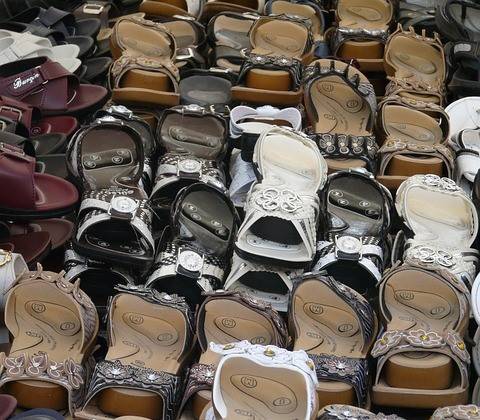
Global Pressures Are Fueling the Rise of Secondhand Footwear
But it’s not just the U.S. market feeling the pressure. Around the world, economic uncertainty, shifting trade policies, and fragile supply chains are reshaping how retailers source and price footwear. In regions where consumers are highly price-sensitive—such as Southeast Asia, Africa, and parts of Latin America—the secondhand shoe trade is emerging as more than just an alternative. It’s becoming a resilient, scalable solution for businesses trying to stay competitive without sacrificing quality. As inflation and logistics costs continue to fluctuate, securing a reliable supply of used women’s shoes is no longer just reactive—it’s strategic.
For regional wholesalers and secondhand retailers, this shift represents a valuable opportunity. Used women’s shoes—if carefully sourced and properly graded—can meet local demand without compromising on quality or style. In this guide, we explore how importers can identify high-quality used women’s shoes in bulk and turn rising retail prices into a competitive edge.
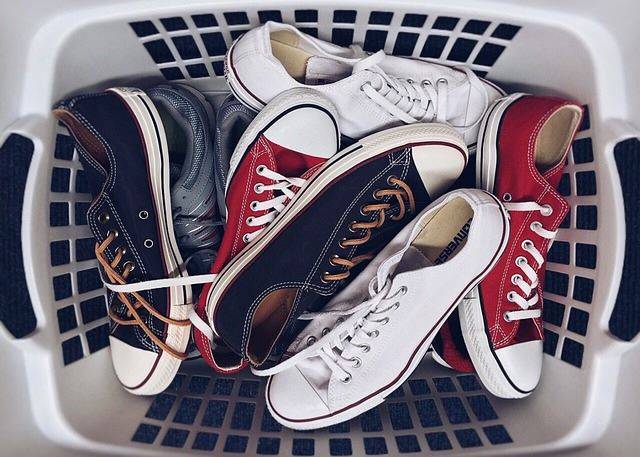
Understand What “Quality” Means in Used Women’s Shoes
Unlike men’s shoes, which tend to be uniform in design and function, used women’s shoes comes in dozens of styles—heels, flats, wedges, sandals, boots—and varies significantly based on region, climate, and consumer trends. For importers dealing in bulk volumes, identifying quality in used women’s shoes is not just about aesthetics or minimal wear—it’s about ensuring sellability, minimizing returns, and maximizing margin.
Not all second-hand shoes are created equal—and this is especially true in the women’s category. Quality here goes beyond material condition. A wearable but outdated design may sell slowly or not at all. A slightly scuffed but branded item, however, could turn quickly with strong margin.
Look for signs like:
- Even sole wear (no heavy tilt or heel collapse)
- No visible cracks or splitting at flex points
- Insole and lining intact (no peeling or heavy staining)
- All straps, zippers, and closures functioning
Fashion-driven buyers care about both condition and aesthetic. For this reason, importers should always ask if styles are pre-sorted by category—heels, boots, sneakers—or mixed.
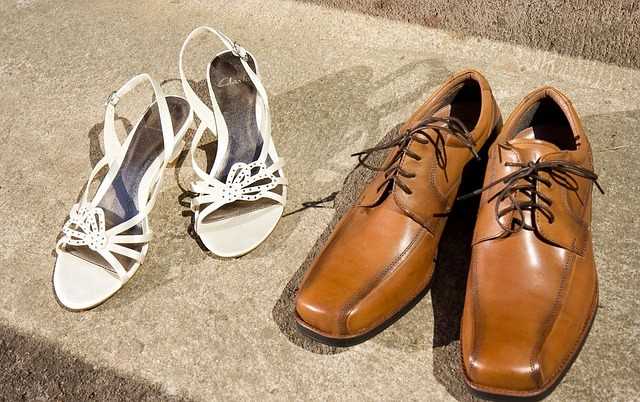
Use Standard Grading—But Don’t Rely on It Alone
Suppliers often categorize used women’s shoes into grades:
- Cream: Like new, little to no signs of wear
- Grade A: Lightly used, very sellable
- Grade B: Moderate wear, usually for low-income markets
- Grade C or Below: Heavily worn, not suitable for resale
Importers often rely on grading systems to assess what they’re buying. Most exporters use common classifications: Cream (nearly new), Grade A (light wear), and Grade B (moderate but sellable). While helpful, these labels can be subjective. What one supplier considers Grade A may fall short of expectations in another market. That’s why smart importers ask for video walkthroughs or sample boxes before committing to large shipments. These test runs provide a much clearer picture of what kind of stock is being offered and help avoid surprises on arrival.
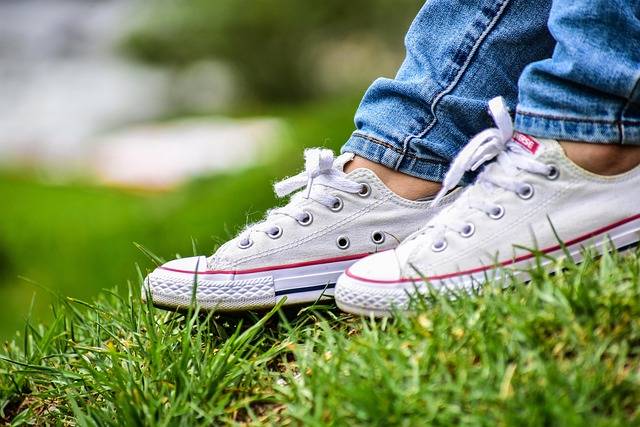
Key Visual Checks for Bulk Orders
When inspecting used women’s shoes in bulk, especially through images or on-site sorting, here’s what importers should focus on:
- Matching pairs only: Both shoes should be the same size, same wear level, same model. Mismatches increase returns.
- Structural strength: Check soles for flexibility—old rubber hardens and cracks.
- Odor control: A bad smell is hard to remove and kills resale potential.
- Fashion relevance: For example, block heels may move better than stilettos in some regions. Winter boots are off-season in tropical zones.
Questions Importers Should Ask Suppliers
To minimize surprises, here are questions worth asking your supplier before buying:
- How are the used women’s shoes sorted—by style, size, brand, or grade?
- Are seasonal items (e.g., sandals or boots) available separately?
- What percentage of used women’s shoes are branded?
- Do you allow video inspections or live sorting sessions?
- Is repacking available with custom branding?
Suppliers with transparent answers tend to be more reliable long term.
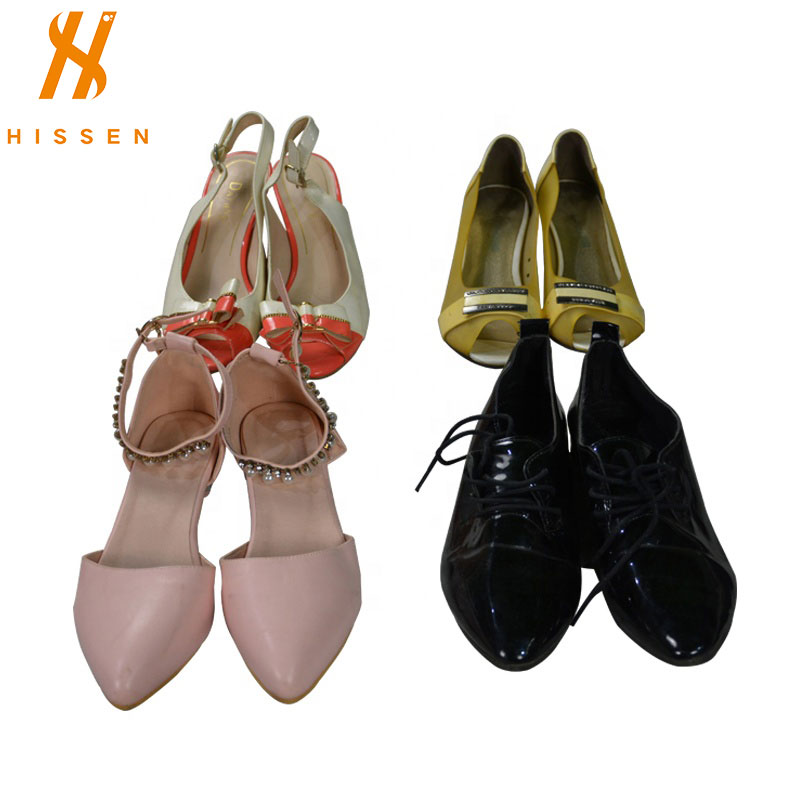
Packaging, Logistics, and Resale Efficiency
Even for used women’s shoes stock, packaging affects the buyer’s first impression. Ask for:
- Clean, stackable cartons (ideally 25–30 pairs per box)
- Moisture-resistant liners, especially for sea freight
- Labeling by grade or category (helps your team sort faster)
Resale timelines improve when your warehouse team spends less time identifying, cleaning, or re-sorting stock.
Conclusion
With tariff increases on new shoes temporarily paused but far from resolved, global buyers are facing a window of opportunity—and a warning. As highlighted in recent U.S. news, secondhand goods are gaining traction not just because of price, but due to uncertainty in global trade policy and rising consumer demand for alternatives. This makes used women’s shoes more relevant than ever in both developed and emerging markets.
In the used women’s shoes market, the fastest-moving stock is not always the cheapest—but the cleanest, trend-appropriate, and best-matched. Smart importers don’t just chase low prices; they build long-term profits by building consistent sources. Prioritize quality, establish clear buying terms, and stay informed on style trends in your destination market. For a more detailed guide on how to expand your used women’s shoes profit, please check our article Maximize Your Profits with Used Women’s Shoes: A B2B Buyer’s Strategic Guide.

